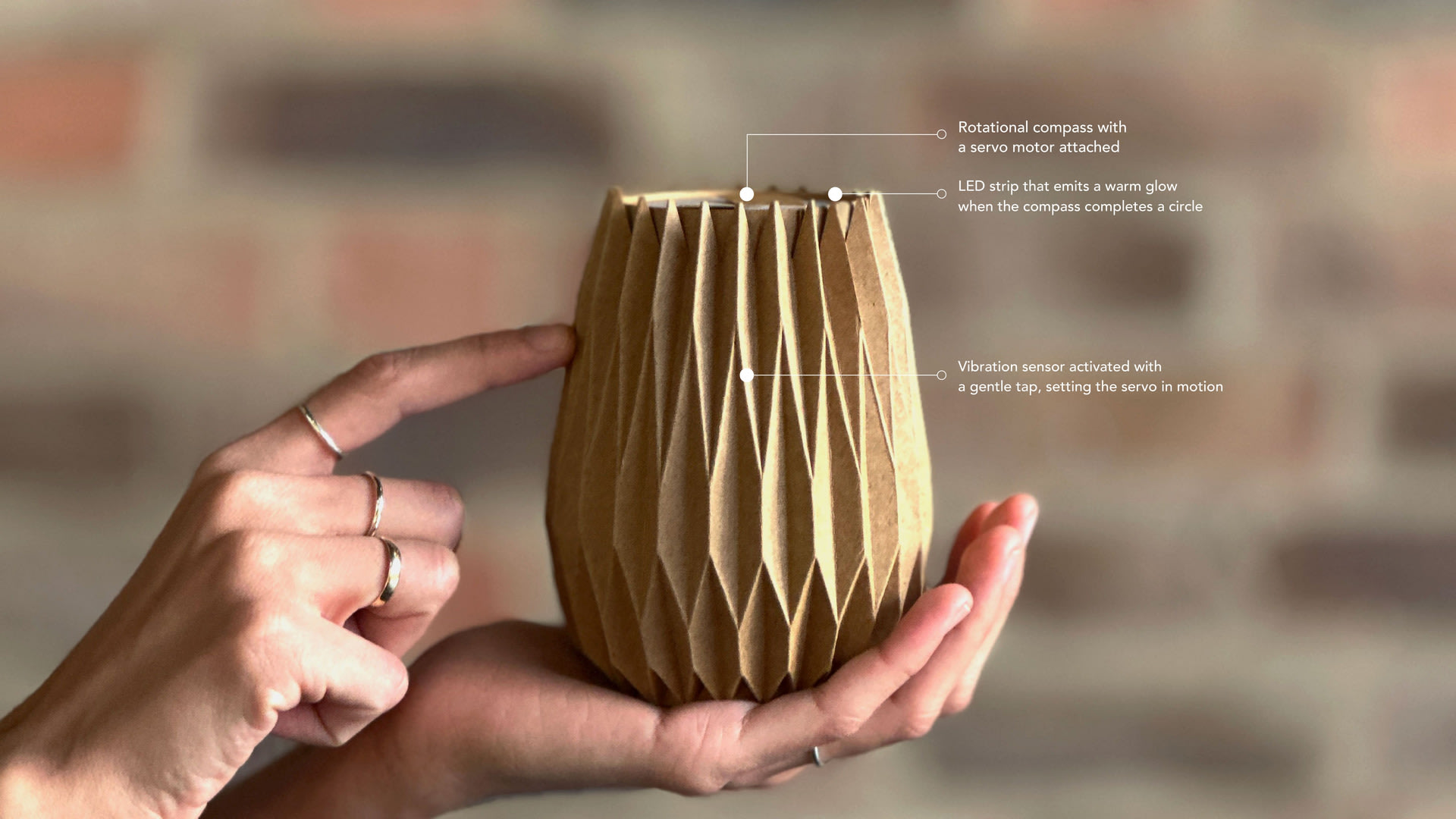Adira is a multidisciplinary designer and researcher working across fields of education, ecology and social impact to create systems and tools that promote behavioural well-being. She uses design methodologies to develop contextually relevant interventions that harmonise the balance between people, animals and ecosystems.
Relevant Experience
Designer for the Accountability Initiative, Centre for Policy Research (2020-2021)
Designer for the Education and Public Engagement Programme, Nature Conservation Foundation (2019 - 2020)
Education
MA/MSc Global Innovation Design, Royal College of Art and Imperial College London (2021-2023)
MA/MSc Study Abroad Semesters at Keio School of Media Design (Japan) and Nanyang Technological University (Singapore)
Bachelor of Design in Information Arts and Information Design Practices, Srishti Institute of Art, Design and Technology (2014-2018)
Diploma in Fine Arts, National Institute of Fine Arts (2012-2014)
Projects and Features
Illustrator and Designer, Compassion Contagion (2021) – an online archive of stories about community-driven aid during Covid-19 funded by the Open Society Foundations
Communication and Public Engagement Designer, Indian Ornithology (2020) – a collaboration between NCF, NCBS, SACON & IISER Tirupati to conduct a 'Certificate Course in Basic Ornithology: Research & Conservation'
Communication Designer, State of India's Birds (2020) – the first comprehensive assessment of the distribution range, trends in abundance, and conservation status for most of the bird species that regularly occur in India
Marine Wildlife Illustrator, Current Conservation Magazine (2019) – editorial illustrations for an article titled ‘Symbiosis’ written by marine biologist Rohan Arthur
Awards and Funding
Honorary Associate, Institute of Public Health (2023)
Mentor Scholarship, Creature Conserve (2023)
Continuation Fund, Royal College of Art (2022)
JASSO Scholarship, Keio School of Media Design (2022)
Cresta Climate Award, 2nd Place: Student Category (with Xin Wen, 2022)














